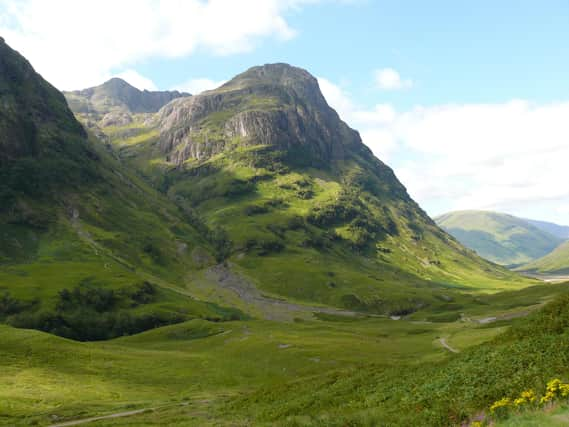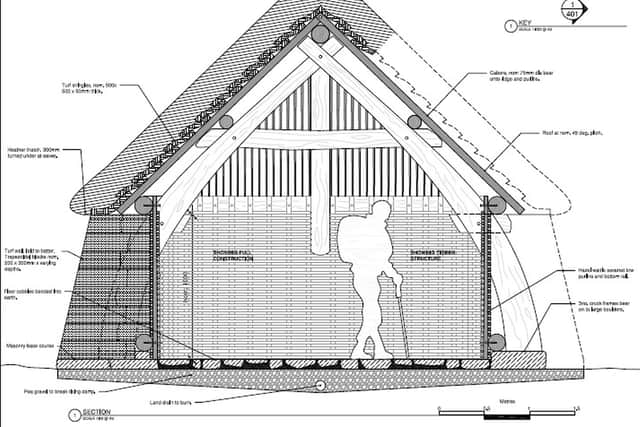Turf appeal to help rebuild Glencoe Massacre house


Creel houses have been completely lost from Scotland’s landscape, but the style dominated the rural communities of the West Highlands until the 19th century.
Archaeological excavations in the heart of Glencoe have shown that creel houses were once dotted throughout the glen in small townships.
Advertisement
Hide AdAdvertisement
Hide AdFollowing donations from hundreds of donors, National Trust for Scotland plans to recreate one particular building that would have been occupied during the 17th century and at the time of the Glencoe Massacre, when an estimated 30 members and associates of Clan MacDonald of Glencoe were killed by government forces.


Materials for the replica house, which will stand outside Glencoe Visitor Centre, are being sourced from the glen and from other land in the care of the National Trust for Scotland, but the project team is seeking another 60sqm – around an area of 8m x 8m – of turf to complete the building’s 1m thick turf walls.
Mark Thacker, a craftsperson on the project team who specialises in earth-building, said: “The task is not quite as simple as heading down to a local garden centre to pick up some turf lawn rolls – it needs to be cut up to 20cm deep and preferably come from an unimproved grassland with a stone-free soil.
"By unimproved, I mean a grassland which has ideally not been drained, ploughed, re-sown or artificially fertilised in recent years, as intensive cultivation will tend to weaken the root structure within the turf, which gives it its strength for construction.”
Creel houses combined a sturdy ‘cruck’ frame of timber, with basket-like ‘wattle’ internal walls weaved from freshly cut ‘green’ wood and were lined on the outside with thick, insulating walls built from blocks of turf. The roof would have been lined with thinner turf below thatch, usually made of heather.
It is hoped the turf can be sourced relatively locally, so the team can easily harvest and transport it to its destination, but they will welcome offers from anywhere in Scotland as part of their search.
While owners of large gardens, pasture fields or moorland edge with moisture-rich peat or clay soils may be able to donate a patch of turf – the plea also goes out to homebuilders or developers who are planning to clear a plot for construction and will be lifting turf anyway.
The turf needs to be harvested in summer 2021 when the Glencoe creel house building work will be well underway, as it can dry out quickly after being cut.
Advertisement
Hide AdAdvertisement
Hide AdDerek Alexander, the National Trust for Scotland’s head of archaeology, said: “We were disappointed to have to pause our turf house project this year as a result of the Covid-19 pandemic, but are excited to be bringing our team of experienced craftspeople back together for 2021 when we hope visitors from across the globe will be able to watch history take shape.”
If you think you may be able to offer all or part of the turf required, please contact Glencoe National Nature Reserve on 01855 811307 or email [email protected].
A message from the Editor:
Thank you for reading this article. We're more reliant on your support than ever as the shift in consumer habits brought about by Coronavirus impacts our advertisers.
If you haven't already, please consider supporting our trusted, fact-checked journalism by taking out a digital subscription.
Comments
Want to join the conversation? Please or to comment on this article.